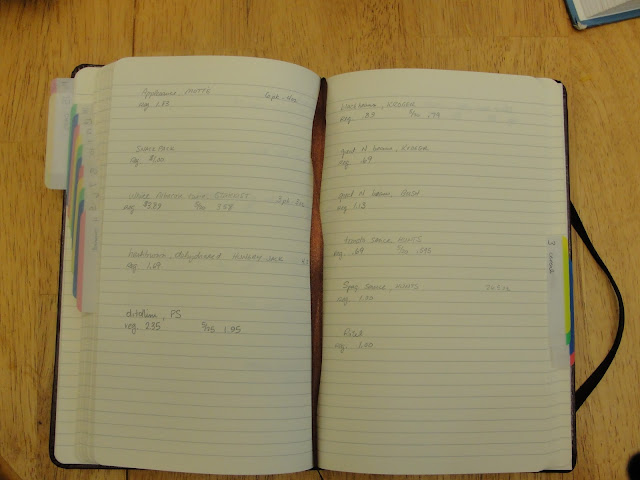The holy grail for coffee and long term storage is the green coffee bean, which can stay "fresh" for a year stored in a cool dark pantry, without any special packaging or preparation. The shelf life can be extended to 10+ years with storage in mylar bags and an oxygen eater.
First, a quick education in how the green coffee bean progresses to various roasts. The roasting process was taken from Sweet Maria's wholesale coffee supplier. (LINK)
Understanding the different stages of the roast will help you control the flavor of your cup and appreciate how different roasts result in different cup flavors.
- Yellowing: For the first few minutes the bean remains greenish, then turn lighter yellowish and emit a grassy smell.
- Steam: The beans start to steam as their internal water content dissipates.
- First Crack: The steam becomes fragrant. Soon you will hear the first crack, an audible cracking sound as the real roasting starts to occur: sugars begin to caramelize, bound-up water escapes, the structure of the bean breaks down and oils migrate from their little pockets outward.
- First Roasted Stage: After the first crack, the roast can be considered complete any time according to your taste. The cracking is an audible cue, and, along with sight and smell, tells you what stage the roast is at. This is what is called a City roast.
- Caramelization: Caramelization continues, oils migrate, and the bean expands in size as the roast becomes dark. As the roast progresses, this is a City + roast. Most of our roast recommendations stop at this point. When you are on the verge of second crack, that is a Full City roast.
- Second Crack: At this point a second crack can be heard, often more volatile than the first. The roast character starts to eclipse the origin character of the beans at this point and is also known as a Vienna roast. A few pops into second crack is a Full City + roast. Roasting all the way through second crack may result in small pieces of bean being blown away like shrapnel!
- Darkening Roast: As the roast becomes very dark, the smoke is more pungent as sugars burn completely, and the bean structure breaks down more and more. As the end of second crack approaches you will achieve a French roast.
- Ack!! Too Late!: Eventually, the sugars burn completely, and the roast will only result in a thin-bodied cup of "charcoal water."
During the next 24 hours, the newly roasted coffee beans will gas carbon dioxide, hence the air vents on commercially processed packages of coffee. I have been experimenting with using a hot air popper, and it is ridiculously simply.
 |
| The green coffee beans and the roasted beans to first "pop" |
As a Prepper, this is what I would suggest. Order a sample pack from Sweet Maria's and experiment with the different methods of roasting the green coffee beans. You'll also get to learn the different region growing "tastes" and what roasts (i.e. medium roast, espresso) you prefer. I'll be learning to roast the beans using cast iron and an oven over the next few months.
SOLUTION: You can either order, and store your coffee with mylar and oxygen eaters, or purchase canned green coffee beans from Costco for about $4.00/pound. I haven't tried the coffee from Costco, so I can't testify to it's quality. Any readers have experience with this brand? Practice roasting the green coffee beans with varying methods. Having the supplies, but not knowing how to prepare/use them is not good logic.
If things get bad, you'll still have your morning cup of coffee to greet the day.
Comments are always welcomed and Keep Right On Prepping - K









